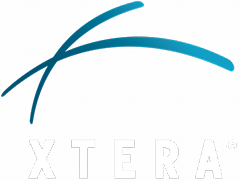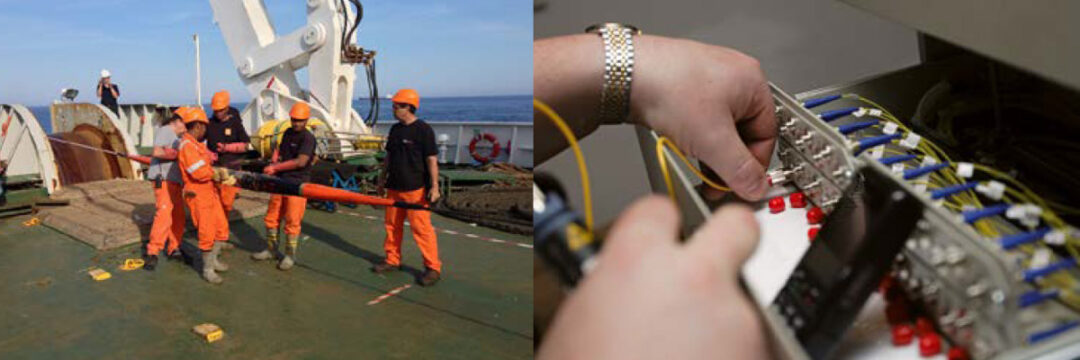Knowledge centre
Explore the Xtera knowledge centre of White Papers, Articles, Videos, Blogs, and Case Studies for insights and technical expertise in subsea networking.
WHITE PAPERS & PRESENTATIONS
A little bit of Raman makes the Repeater go a long way
When Should you Consider An Unrepeatered Solution
Under the hood of submarine repeaters
Generalized SNR for Submarine Systems, Calculating performance in repeatered open line systems
How to make a simple supply contract in a complex world
SubOptic 2019 | Electrical power – greener solutions with minimal compromise
SubOptica 2019 | Artificial Intelligence or Real Engineer, Which is Better?
SubOptica 2019 | Masterclass 4: Updates to Transmission Technology
Options for Increasing Capacity in Subsea Systems
91nm Bandwidth Low-noise Amplifiers Enable 120Tbit/s on a Single Fibre
Open and Extended Systems
Current Trends in Unrepeatered Systems
Optical Amplifier Options for Wideband Submarine Systems
Raman Amplification: An Enabling Technology for Long-Haul Coherent Transmission Systems
Maximising the Capacity of Ultra Long-Haul Submarine Systems
15 Tb/s Unrepeatered Transmission Over 409.6 km Using Distributed Raman Amplification and ROPA
557-km Unrepeatered 100G Transmission with Commercial Raman DWDM System, Enhanced ROPA, and Cabled Large Aeef Ultra-low Loss Fiber in OSP Environment
150 x 120 Gb/s Unrepeatered Transmission over 333.6 km and 389.6 km (with ROPA) G.652 Fibre
Invited Paper: Advanced Technologies for Unrepeatered Transmission over Systems and Their Application
Electrical Power, a Potential Limit for Cable Capacity
Field Deployment of Advanced Photonic Technologies for the Ultra-High Bit rate and Ultra-Long Reach Terrestrial WDM Transmission in Brazil
Introduction of Spectrally and Spatially Flexible Optical Networks
Performance Scaling Rules for Raman Amplification in Coherent Transmission Systems
Raman Amplification for Ultra-Large Bandwidth and Ultra-High Bit Rate Submarine and Terrestrial Long-Haul WDM Transmission
Transmission of 400G PM-160AM Channels over Long-Haul Distance with Commercial All-Distributed Raman Amplification system and Aged Standard SMF in Field
16QAM Reach Performance with Xtera’s Wise RamanTM
30 Gbaud Opto-Electronics and Raman Technologies for Long-Haul Data Center Interconnect
200G and Raman Technologies for Long-Haul Data Centre Interconnect
Frequent 10G Adds/Drops in a Long-Haul 100G Network
Line Monitoring and Control in Subsea Networks
Recovering and Re-laying Cables for Building New Subsea Systems
Relationship between SMP, ASON, GMPLS and SDN
Shared Mesh Protection (SMP): What It It and Where It Fits
Complementary Fiber and Active Equipment Technologies that Deliver Extended Reach For High Data Rate Transmission in Long-Haul Networks
Wise RamanTM: Integrated Design for Operational Simplicity
XWDM Solution for 64 Terabit Optical Networking
Raman Amplification: An Enabling Technology for Long-Haul Coherent Transmission Systems
TIM Brasil Case Study: A 2000 km Backbone Network Deployment on a Power Grid with Ultra-Long Spans in the Amazon Region
ARTICLES
One Hop Beyond: Creating Regional Connections from Data Centres through Fibre Selection and High-Powered Amplifiers
London scientists build ‘ultra-broadbrand nearly three million times faster’ than UK home fibre optic internet connections
Optical Networks Daily – 22nd March 2018
Xtera® Executives Talk about Latest Contract Award
Xtera Delivers the Most Advanced Undersea Technology Available
Optical Fibre Capacity Optimisation via Continuous Bandwidth Amplification and Geometric Shaping
The New Xtera, Moving at Speed
Industry Spotlight: Xtera CSO Robert Richardson Looks Ahead
Achieving Safety and Compliance with ISO 9001:15 Certification
Xtera Talks Automation, Virtualisation, and Increased Bandwidth
VIDEOS
BLOGS
Two C, or not two C?
One can never have too much capacity or too low a cost; these have been two significant drivers in telecoms for quite some time. The desire for as much
The New Xtera, Moving at Speed
Today’s data-driven businesses must move at the speed of light. With such a bright future for data communications on the horizon, Xtera is rushing ahead of the market with
It’s Not Big Data
Having read what was in my opinion a quite optimistic suggestion that big data analytics could ultimately predict all subsea system problems, I was reflecting on just what was





